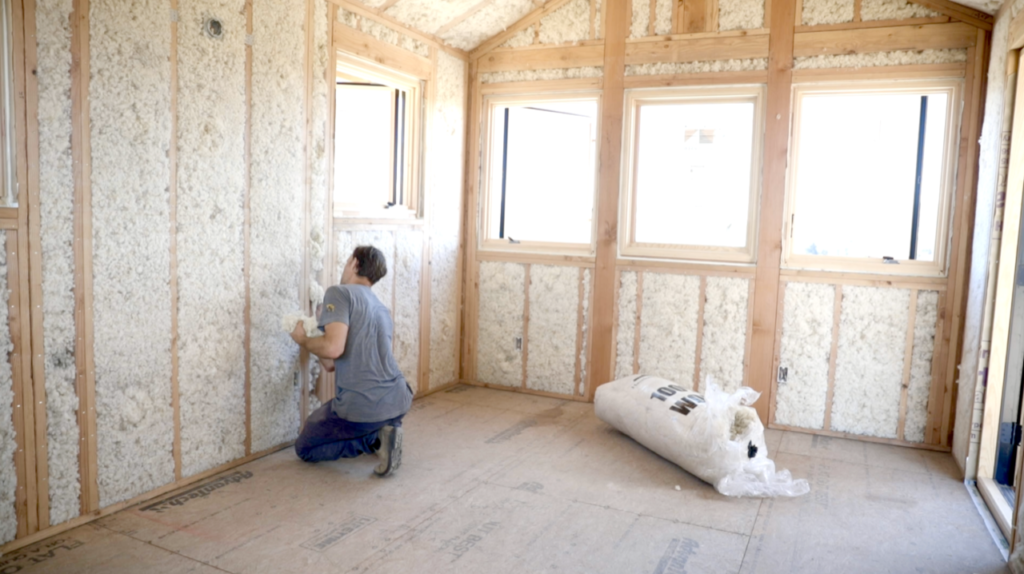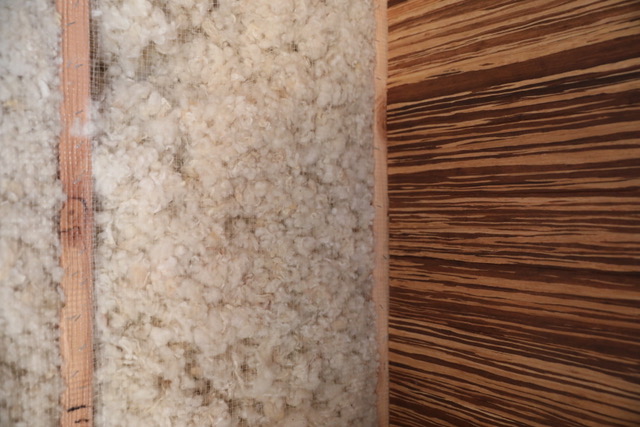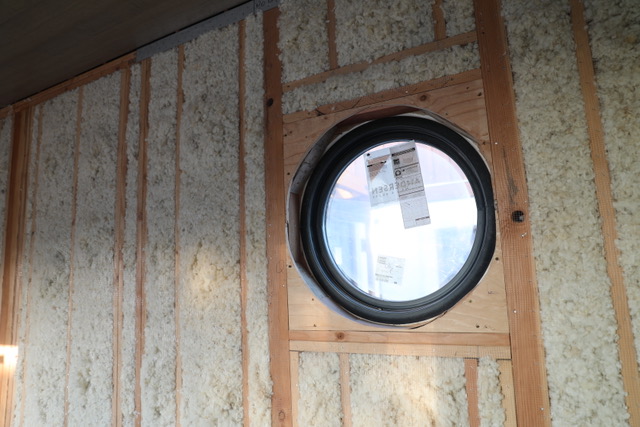Ever wonder how professional architects approach the design and build of their own homes? And how they choose materials? We had the great fortune of meeting and working with Nathan Pundt last year as he set about the construction of his new home. What follows below is hopefully an interesting perspective from a professional architect.

Nathan, Tell us about yourself and your architectural practice.
I’m a licensed architect in Northern California who works primarily on affordable housing and unique custom homes. I became an architect because of my passion for sustainable design and social justice, and I’ve always been interested in building techniques and materials that push the edge of conventional industrial construction.
How did you find out about Havelock Wool?
I first heard about Havelock Wool from a friend and fellow architect who had used the product in a farmhouse renovation, I knew that I would be interested to use such a simple natural material as an alternative to fiberglass or polyurethane foam. Later, I learned more about the low carbon footprint of wool as well as its great performance qualities as insulation.

How does Havelock Wool fit into your overall building philosophy?
I believe that the materiality of buildings can tell a story and these stories give meaning to the people who live, work, and play in them. The stories of materials can tie us, humans, back to the world around us, to both the natural processes of growing and the human processes of harvesting, building, and making. Sheep’s wool is a specific kind of material with warm connotations that usually makes people light up and smile, especially when they think about putting it inside their walls.
When I decided to build my own house, I knew that I wanted to use a variety of sustainable elements and natural materials – including straw bale walls, redwood siding and ceilings milled from salvage trees, and a low carbon concrete foundation, just to name a few. Havelock Wool fit right into the idea and the intention for a low-carbon, ‘deep green’ home. Intuitively, it just feels much better to have a natural product like wool inside the walls, without the concern of off-gassing or toxic dust getting into the living space and the air we breathe.

And how did Havelock fit into the design and build your own home?
The house was designed to be fire-resistant and net-zero energy, so we opted for tight construction and an unventilated roof cavity. Putting rigid insulation above the roof deck on a vaulted ceiling freed us up to use a natural insulation product like Havelock Wool inside, and to completely fill the cavities for maximum R-value. You could feel the difference immediately when the insulation was installed. It was summertime and the rooms felt cooler and held the cool night air longer into the day. Now that it is winter, it is amazing how warm the house stays without even turning on the heat. We joke that it’s like the whole house is wearing a sweater.
How was your experience with our blown-in insulation?
I opted to use blown-in Havelock Wool insulation in the walls and ceilings and to install it myself. I think that the blown-in insulation fills the wall cavities better than batts, and was well suited to fill all the unusual spaces around structural framing and blocking for siding attachment, at least in our project. Unlike cellulose which sags and slumps over time and turns to mush if it gets wet, the wool is thick and dense and holds itself tightly in the wall or ceiling even if it were to get wet. I’ve also installed mineral wool insulation myself, which I think is a superior product to fiberglass – but that stuff is pretty nasty to handle, even with gloves and a mask. As an architect, I understand the performance value of polyurethane spray foam insulation, but studies show that the carbon impact of installing it can outweigh its energy-saving benefits over time – and unless you’re a trained professional, forget about installing that yourself in a weekend. Compared to all these other insulation products, natural wool insulation is a great product to handle and work with, even with your bare hands.
While installing the wool insulation, I did wear a mask because of the dust while the blower is running, and I chose to wear gloves so I didn’t get splinters from the framing. It was a lot of work to install a whole house worth of blown-in insulation, especially the vaulted ceilings, but it’s something I can be proud of and feel good about for years to come.
Any last bits of advice or insight for our community?
As an architect and an owner-builder, I would recommend Havelock Wool to any homeowner or do-it-yourselfer, especially those interested in sustainable building and clean indoor air. If you’re a building professional or taking on a major renovation, then blown-in wool insulation might be a great option for a high-performance home. If you have a small project or a renovation where you don’t want to turn the whole house into a construction site, then wool batts might be a better option for you. Over the course of installing wool insulation in my own home, I had many tradespeople and guests interested in the wool – touching it or pulling out a small wisp to play with, usually with a smile.

I have Havelock wool in my 2021 Ram Promaster van camper build. Works great and actually looking to get some more to complete the insulation to keep it warmer in winter and cooler in the summer.
Ultra Touche`. Havelock’s best post. Previously concerned about extra cost, sustainability, low-carbon, non-toxicity, and justice in supporting a right solution nudged us into the doit column.
I installed Havelock wool myself as well. Felt a great sense of accomplishment and pride in getting it done. Also appreciate the environmental benefits.